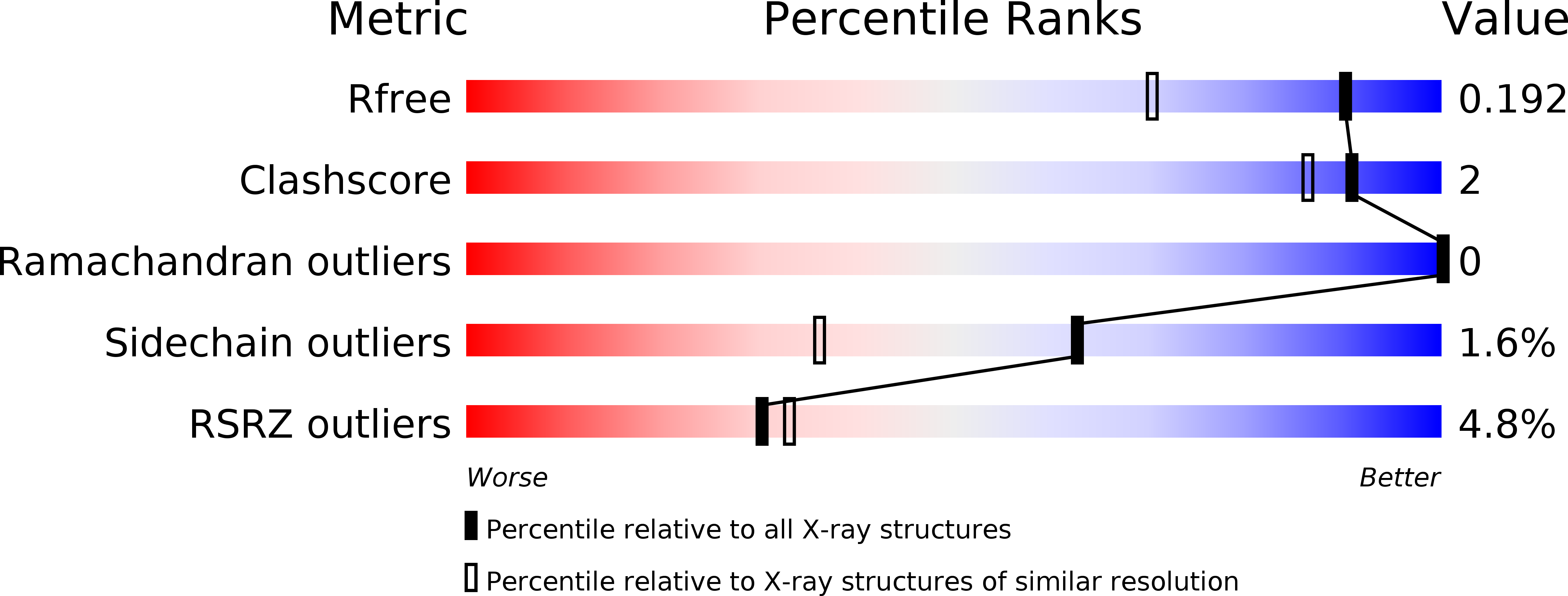
Deposition Date
2013-10-21
Release Date
2014-01-22
Last Version Date
2024-10-16
Entry Detail
PDB ID:
4N9O
Keywords:
Title:
Probing the N-terminal beta-sheet conversion in the crystal structure of the human prion protein bound to a Nanobody
Biological Source:
Source Organism:
Homo sapiens (Taxon ID: 9606)
Lama glama (Taxon ID: 9844)
Lama glama (Taxon ID: 9844)
Host Organism:
Method Details:
Experimental Method:
Resolution:
1.50 Å
R-Value Free:
0.18
R-Value Work:
0.14
R-Value Observed:
0.15
Space Group:
C 1 2 1


